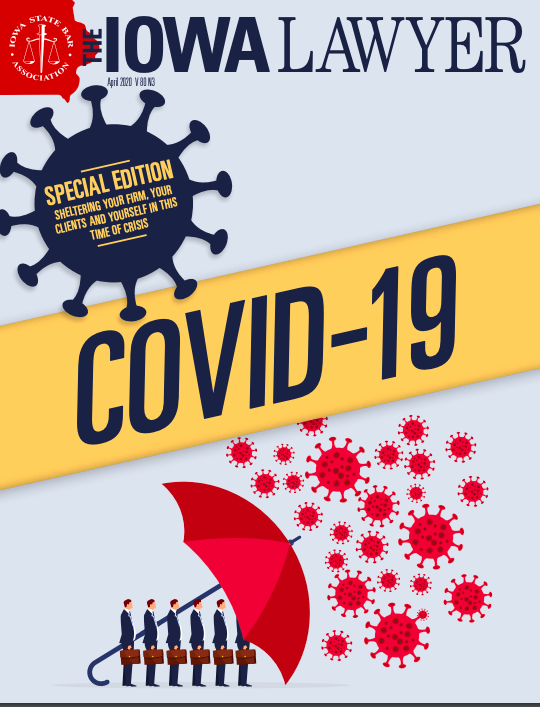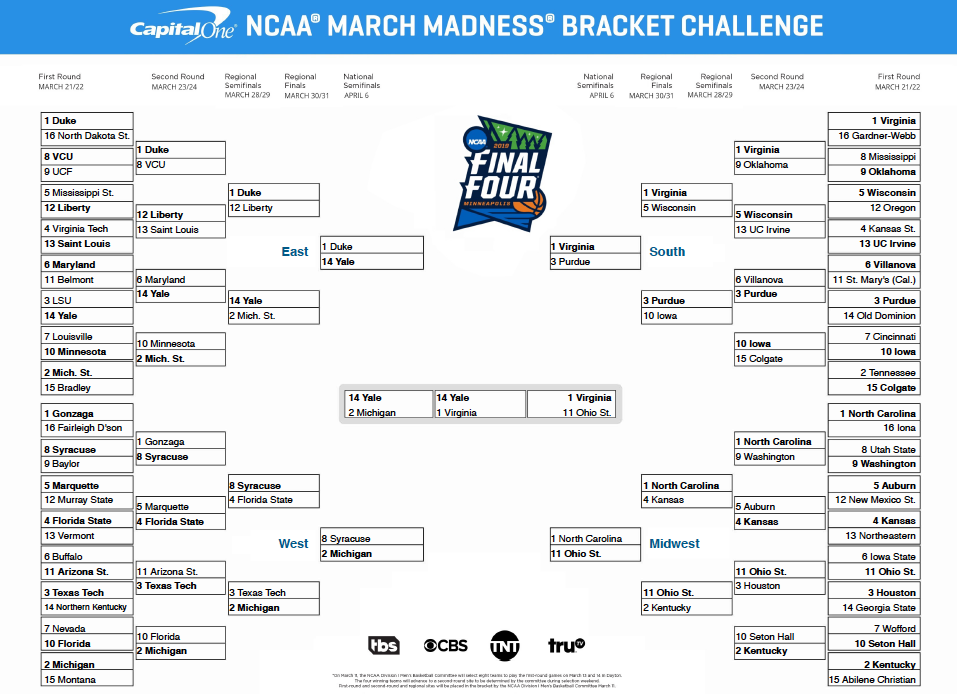A planned gift is literally what is sounds like. Sort of. The term refers to the process of creating a charitable bequest now that will take effect later. In other words, during your lifetime you plan for a gift that will be given a future date—usually at or upon your death. A planned gift is best accomplished as part of an overall estate plan and it is usually delivered through a will or trust.
While you can make provisions to give a specific dollar amount, there are many different types of planned gifts. You can make a planned gift of real estate, life insurance, and retirement plans, or tangible property (such as artwork). You can also remember organizations with planned gifts of charitable remainder annuity trusts (CRATs), charitable remainder unitrusts (CRUTs), Net Income with Makeup Charitable Remainder Unitrusts (NIMCRUTs), FlipCRUTs.
For now, let’s go over exactly what planned giving is; the benefits of planned giving; the kinds of charities you need to consider when making a planned gift; and the kinds of gifts that qualify for a tax deduction.
Who gives? Donors and benefactors
In July 2018, Warren Buffet donated about $3.4 billion to five charities, including the Bill & Melinda Gates Foundation—itself headed by the country’s most generous philanthropic couple who gave it $4.8 billion. Facebook founder Mark Zuckerberg and his wife, Priscilla Chan, donated $1 billion to their charitable foundation.
It’s fun to read about the super-rich and their bountiful bequests, but you don’t have to be a modern-day Rockefeller or a member of the one percent to donate to charity or create a planned gift. Indeed, ordinary people with ordinary means can bequeath gifts that make an extraordinary difference.
In 2016, a legal secretary in Brooklyn, New York, who had worked at the same law firm for 67 years, bequeathed $8.2 million to, among others, New York City’s Henry Street Settlement and Hunter College to help disadvantaged students. Sylvia Bloom, who worked until she was 96 years old, saved her fortune through frugal living and savvy investing.
People make planned gifts for any number of reasons:
- Streamline estate planning and closing;
- Make a meaningful contribution to a cause or organization that reflects their beliefs and values;
- Create a legacy that will have lasting impact into the future;
- Gain income and tax benefits.
There are three types of planned gifts:
- Outright gifts that use assets instead of cash;
- Gifts that return income or other financial benefits to you in return for a contribution;
- Gifts payable upon your death.
Who receives? Planned giving beneficiaries
Organizations love planned gifts. After what are known as “major gifts”—the six-figure endowment, the priceless Old Master painting, the stretch of valuable coastline—planned giving makes up the largest chunk of donations a nonprofit receives. Planned giving helps nonprofits weather fluctuations in other kinds of charitable giving and income, such as yearly donations and gift shop sales. It can alleviate the possibility of dipping into an endowment or cutting back on services and programs. Planned giving is also a way to develop and sustain relationships with donors — and in an increasingly competitive giving environment, nonprofits can’t afford to ignore planned giving programs. Even though organizations don’t immediately receive a planned gift, it is worth the wait.
The reality is that nonprofits can no longer simply ask donors to pony up with cash by writing a check. Donors expect and often demand an array of choices when it comes to helping their favorite nonprofits. Many if not most nonprofits have programs in place to accept planned gifts. But if you’re interested in donating an asset your favorite nonprofit isn’t accustomed to accepting, your best bet is to connect it with an experienced nonprofit attorney to make your gift a reality.
Not all nonprofits are the same when it comes to giving
When we talk about “charitable giving,” it is usually when referring to a particular kind of nonprofit organization. Specifically, organizations formed under 501(c)(3) of the Internal Revenue Service tax code.(Click to the IRS website to check if a possible beneficiary is a qualified 501(c)(3).) A 501(c)(3) can come in many different forms: foundations, charities, churches, community organizations, schools. They all have one thing in common in that they are formed to benefit the general public, not individuals, not for the mutual benefit of their members (such as homeowners associations, and not for political coalitions).
Be aware, however, that not every nonprofit is a 501(c)(3) organization. There are actually 29 types of nonprofits in the U.S. federal tax code, but when it comes to planned giving you can only take a tax deduction if you donate to one that the IRS has conferred 501(c)(3) status. Contributions to non-501(c)(3) groups, charities, and organizations can be valuable to recipients and make you feel good as well. It’s just that the federal government is not going to give you a tax break for your donation. Knowing what you can and can’t claim helps you maximize the potential tax savings that the charitable tax deduction to a 501(c)(3) offers.
Before we discuss what kinds of giving qualify for a tax deduction, here are some that don’t qualify:
Promises and pledges
Let’s say you made a charitable pledge of $150 to a 501(c)(3), but only gave $50 that particular tax year. You can only deduct from your taxes the $50 that you actually donated that year. Once you donate rest of the pledge (the remaining $100) you can deduct that amount for the tax year in which this occurred.
Political support
While it is important to be involved in the democratic process, monetary support is not considered charitable giving. Monies given to political candidates, campaigns, parties, and political action committees (PACs), as well as money spent to host or attend fundraising events, or to purchase advertising, lawn signs, and bumper stickers are not considered charitable giving.
Fundraising and special event tickets
I’m sure you can’t count the number of times you’ve bought raffle or lottery tickets, bingo cards, and partook other kinds of games of chance. These classic and popular fundraising methods support charities and are fun to imagine winning, but you can’t claim a deduction for them.
Personal benefit gifts
The IRS considers a charitable contribution to be one-sided. This means if you receive something in return for your 501(c)(3) donation — from a tote bag to a T-shirt, from a side of beef to a three-course meal — only the amount above the fair market value of the item/service is deductible. Let’s say your neighbor’s child is selling popcorn to raise money for a scouting troop. You buy a bag of popcorn for $10 whose retail value is $6. This amounts to a $4 charitable donation. Similarly, you purchase a $75 ticket to a fundraising dinner sponsored a favorite charity. The dinner would cost you $30 at a restaurant, so your charitable deduction would be $45.
Gifts without proof
Cash placed in your church’s collection plate, dropped into the Salvation Army’s Red Kettle, and handed to a student for a cupcake at a bake sale…these are all worthy donations, but you can’t just guesstimate how much you’ve given and deduct the amount from your taxes. Of course, I believe, you gave, but the IRS demands documentary proof of all cash donations, no matter the amount in order for you to claim the deduction. Proof might be bank records such as a canceled check, a receipt from the nonprofit organization, or a pay stub if the donation was made through a payroll deduction. For single cash donations of more than $250, the IRS requires a statement from the organization.
Gifts to individuals
I’ve seen many successful crowdfunding campaigns to support any number of good causes. Let’s say a friend is raising money for her child’s expensive medical procedure through an online site and you make a donation to help her reach her goal. Or, perhaps your nephew is raising money for a mission trip over the summer and you write him a check for $25. Unfortunately, contributions earmarked for certain individuals (despite their economic, medical, educational or other needs) are not deductible according to the IRS. However, if you donate to a qualified organization that in turn helps your friend or nephew, that contribution would be deductible — although you can’t designate your donation to be directed to that person. Again, a contribution can’t be given directly or indirectly to a specific individual and still be tax-deductible.
Bountiful opportunities for charitable giving
It may seem like there are a lot of kinds of giving and plenty of nonprofits that do not qualify for the tax benefits you’re looking for, but don’t worry! There is a multitude of ways for you to show your generosity and contribute to a charity that can minimize your estate taxes, bypass capital gains taxes, and receive current tax deductions. Of course, planned giving is not the only kind of giving. Unplanned giving is no less a means of showing your generosity and supporting those organizations whose mission and activities you believe in.
I’d love to discuss your charitable giving goals and options tailored to your individual situation. Don’t hesitate to contact me via email or by phone (515-371-60770).
















